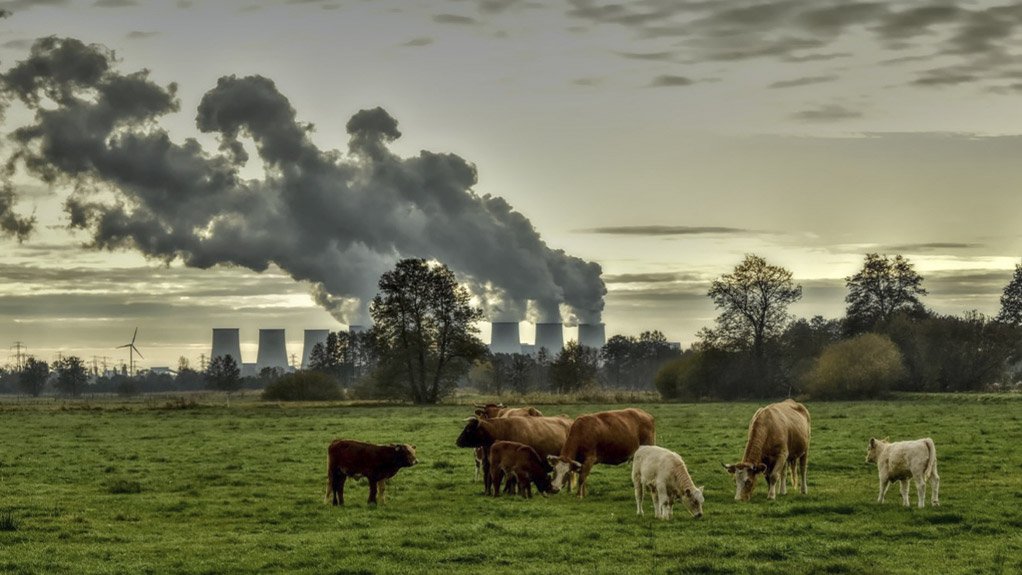
(Showroom): The Air Quality Act is based on the Bill of Rights as contained in the Constitution of South Africa (1996). The Bill of Rights establishes the rights of all people in South Africa and acknowledges democratic values of human dignity, equality and freedom. The Bill of Rights must therefore be respected, promoted and protected by the state to fulfil the rights therein.
Section 24 of the Constitution states that everyone has the right:
a. To an environment that is not harmful to their health or well-being; and
b. To have the environment protected, for the benefit of present and future generations, through reasonable legislative and other measures that –
i. prevent pollution and ecological degradation;
ii. ii promote conservation; and
iii. iii secure ecologically sustainable development and the use of natural resources while promoting justifiable economic and social development.
In order to give effect to this right in the context of air quality, it is necessary to ensure that levels of air pollution are not harmful to human health or well-being, meaning that ambient air quality standards are achieved. To achieve this, the Air Quality Act, Act 39 of 2004 (AQA), provides an objectives-based approach to the management of air quality at different governance and operational levels and is the legislative means to ensuring that the rights described above are upheld.
One of the components managing ambient air quality is the implementation of compulsory licencing of Listed Activities in Chapter 5 of the AQA. The subsections set out the framework for governing this licencing referred to as Atmospheric Emissions Licences (AEL’s). The most relevant sections of the Act to organisations are from Section 36 relating to Licencing up to Section 49.
Section 36 sets out licencing authorities, defining who is responsible for processing of applications and who may take decisions authorising or declining licences. Section 37 sets out the way an AEL must be applied for. Section 38 deals with the procedure for applications which must at all times be adhered to when applying for an AEL. Sections 39 and 40 details factors which the licensing authority must consider and Section 40 the decisions a licencing authority can take. Sections 41 to 47 details issuing, the content, transfers review, variation and renewal of licences. Section 48 is highlighted as the holder may be required to designate an Emissions Control Officer as well as Section 49 detailing criteria for fit and proper persons.